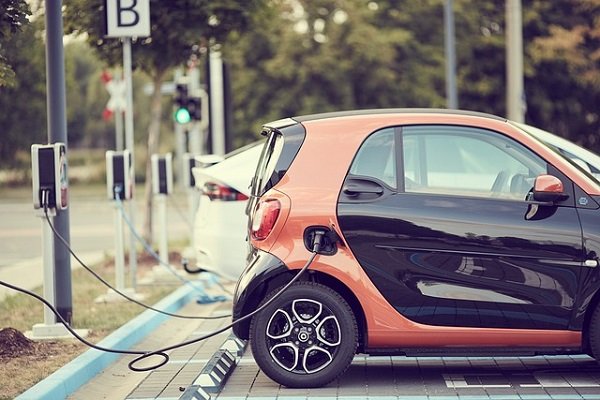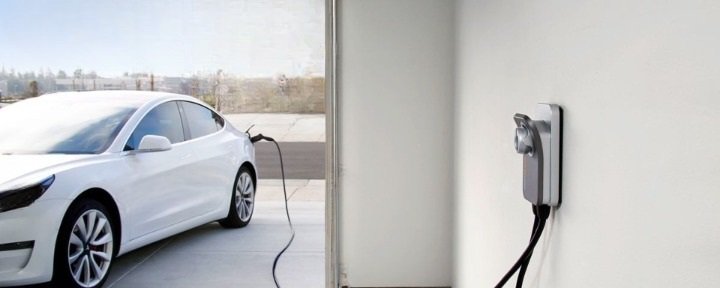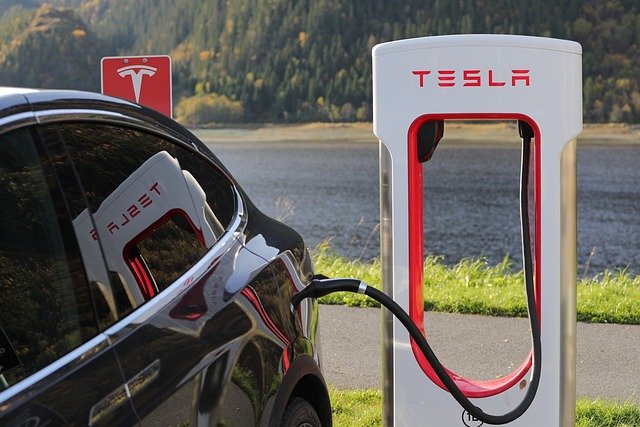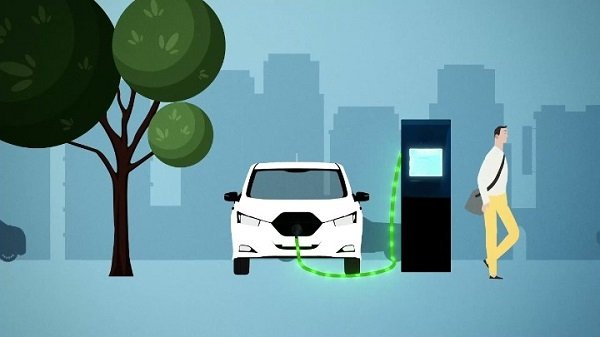In the rapidly evolving landscape of electric vehicles (EVs), the charging infrastructure plays an essential role in the widespread adoption of this eco-friendly mode of transportation.
One of the important differences in EV charging lies in the choice between Direct Current (DC) and Alternating Current (AC) charging methods. This article explores the reasons behind the faster charging speed of DC over AC, exploring the details of each technology.
Understanding DC Charging

Consider Direct Current (DC) charging to be the fast hero in the of electric vehicles. DC charging quickly recharges your EV’s battery. It works by delivering power straight from the source to your EV’s battery, reducing energy loss and speeding up the charging process.
Various sources confirm that DC charging is linked with speed, highlighting its fast-charging rates. If you want a quick and efficient charge, DC charging is the best option for electric vehicle owners.
Understanding AC Charging

Alternating Current (AC) acts differently in the world of charging, as observed in common items such as home appliances. However, when it comes to charging electric vehicles, it moves at its own rate.
Let’s look at AC charging, which is where the electric current changes direction at home stations. However, it is slower than simple DC charging at topping off EV batteries.
why is AC charging slower than DC charging?
The DC chargers are much larger. The charging station contains a converter. This means that it charges the battery faster than standard AC chargers.
An AC-DC converter is built into every electric vehicle. So, if you use AC charging for EVs, the electric vehicles must first convert AC to DC. As a result, it takes time. However, in a DC charger, the AC to DC conversion takes place within the charging station.
That is why AC charging is slower than DC charging. You can find fast EV charging station in Google map.
Factors Influencing Charging Speed
When it comes to electric vehicles (EVs), the charging rate is crucial, determined by factors like the vehicle’s maximum charging rate, charging point capabilities, battery size, and the battery’s current status.
Each EV has a maximum charging rate, meaning it won’t charge faster than this, regardless of the charging station’s capabilities. Similarly, charging points have their maximum rates, affecting how quickly your EV charges. The size of the battery matters too – larger batteries mean longer charging times.
Additionally, the current state of the battery influences charging speed, with the system slowing down as it nears full to prevent damage. External factors like weather also play a role; cold temperatures and evening charging can slow down the process, impacting the efficiency and travel distance of your EV.
Case Studies and Examples
Tesla Supercharger Technology

Tesla’s Supercharger network stands as a testament to the practical implementation of DC charging. Tesla Superchargers revolutionise electric vehicle charging, offering unprecedented speed and convenience.
Exclusively designed for Tesla vehicles, these high-speed charging stations, particularly the latest V3 technology, ensure rapid charging, making long-distance travel not only feasible but enjoyable.
The user-friendly navigation system and straightforward charging process further enhance the overall Tesla driving experience, solidifying the brand’s position at the forefront of the electric vehicle industry.
Future Developments and Innovations
The research that supports charging electric vehicles (EVs) during the day indicates a revolution in the field of traditional charging. The advantages of shifting demand to daylight hours are numerous.
A key component that incorporates renewable energy into the charging process is solar synergy. This lessens reliance on traditional grid sources while still being in line with sustainability standards. In addition, switching to daylight charging provides EV owners with financial advantages by allowing for off-peak rates and cost savings.
Coordinated efforts in promoting policies, infrastructure development, and public awareness are critical to bringing this vision to life. Collectively, these components open the door to an environmentally friendly and sustainable future for EV transportation.
Conclusion
In conclusion, one of the most important factors affecting the electric vehicle user experience is the speed differential between DC and AC charging.
With its straightforward and quick method, DC charging has established itself as the industry leader in satisfying the demands of electric vehicle owners who are time-sensitive. Even though AC charging is still vital, the constant advancements and innovations point to a changing and dynamic environment.



